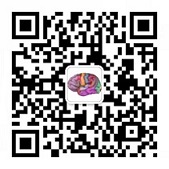Felbamate (FBM)
1) The main possible mechanism: It reduces glutamatergic transmission by modulating NMDA receptors, and can also affect GABA receptors and inhibit voltage-gated sodium channels and calcium channels.
2) Therapeutic indications: It is generally only used as an adjuvant treatment for Lennox-Gastaut Syndrome that is refractory to other antiepileptic drugs.
3) Warning: Because it can cause serious adverse reactions, its use is not recommended in most cases except for Lennox-Gastaut Syndrome that is refractory to other antiepileptic drugs.
4) Dosage for children: Click to view the dosage for children of different ages and weights.
5) Major adverse reactions in children: It may cause severe aplastic anemia and hepatic failure, and other symptoms may include insomnia, loss of appetite, nausea, dizziness, headache, vomiting, weight loss, behavioral disorders, etc.
6) Interaction with other anti-epileptic drugs: Felbamate will increase the blood concentrations of phenytoin, phenobarbital, valproate sodium and carbamazepine epoxide (the active metabolite of carbamazepine, also has antiepileptic effects and toxicity, and stronger) . However, felbamate will reduce the blood concentration of carbamazepine itself. On the contrary, phenytoin, phenobarbital and carbamazepine will significantly reduce the plasma concentration of felbamate. Valproate sodium may not affect the plasma concentrations of felbamate. Gabapentin can significantly reduce the clearance rate of felbamate.
7) Interaction with non-anti-epileptic drugs: unknown.
Felbamate Instructions:
FDA.

 English
English  简体中文
简体中文 